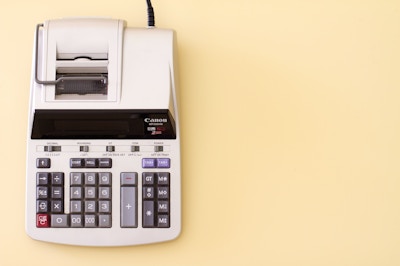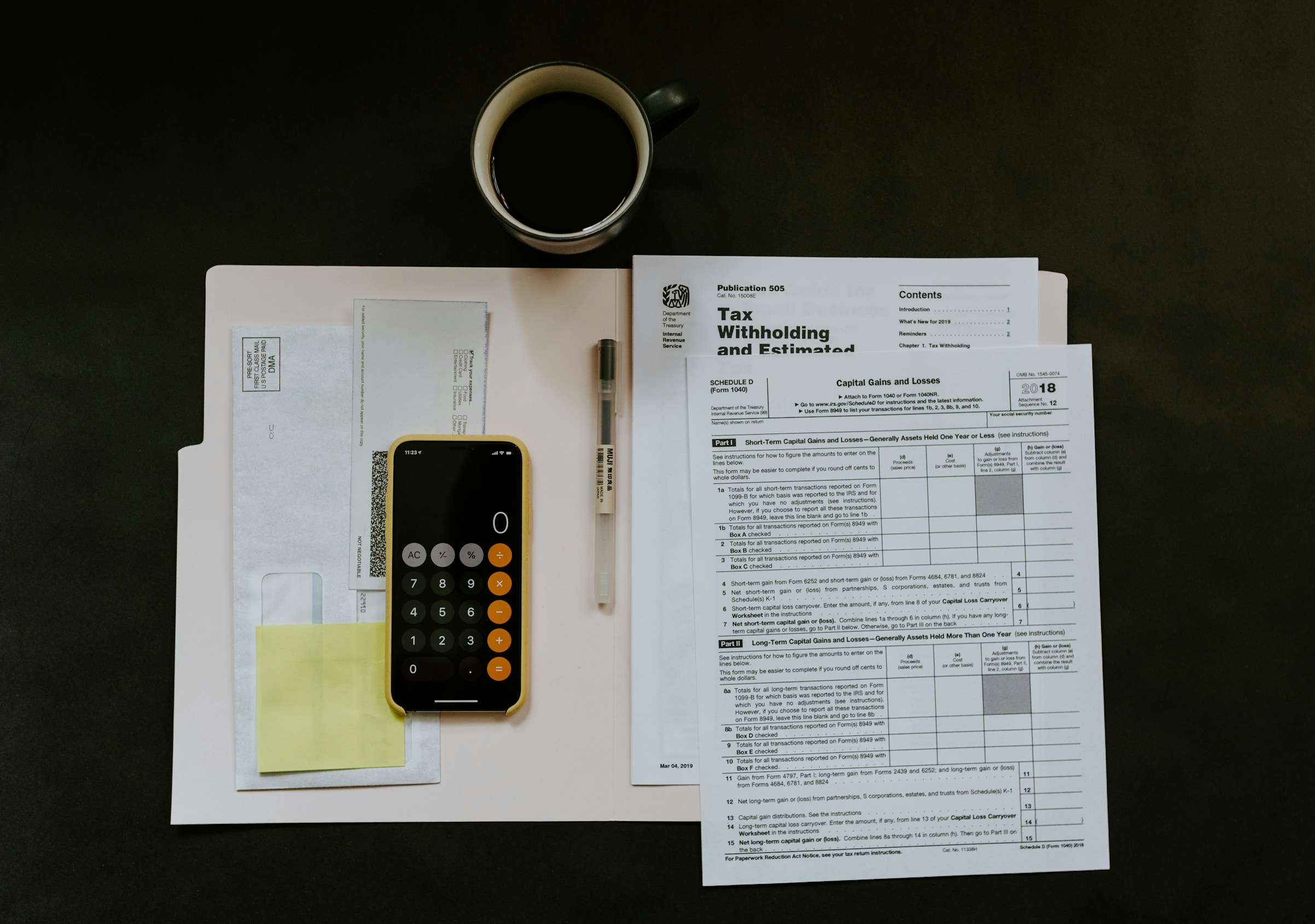VAT Registration - A guide for small businesses


VAT - or Value Added Tax - is a tax applied to the consumption of goods and services. Businesses, once they are turning over more than a certain amount in any given 12-month period, must pay VAT on purchases and apply it when charging customers too. The standard rate is 20% and is unlikely to change anytime soon.
However, some goods, such as energy-efficient materials for homes, enjoy a reduced rate of 5%, whereas most food, medical prescriptions and children’s clothes are zero-rated. Additionally, there is an ‘exempt’ category (applying to financial services, online gaming and others) - but we will cover that in more detail later.
This guide will answer common questions related to VAT registration and what it means for small businesses. We’ll look at what the VAT threshold is and when you need to become VAT registered, the VAT return deadline for submitting information to and paying HMRC, as well as examine the concepts of voluntary VAT registration and receiving registration certificates.
When do businesses need to register for VAT?
UK businesses must undergo the VAT registration process once their taxable turnover exceeds a certain amount. ‘Taxable turnover’ refers to the total value of the goods or services a business sells that isn’t exempt from VAT (more on this later). Once registered, companies can reclaim VAT charged by suppliers or pay on items that will be used by the business (for example, computer equipment for staff). HMRC will send you a VAT registration certificate confirming your VAT number, when to submit your first return, and how to pay. Bear in mind that you could be liable to a 15% surcharge if submitting and/or paying your VAT return late more than once.
What is the VAT registration threshold?
Once your VAT taxable turnover exceeds £85,000 for any given 12-month period, you will have hit the VAT registration threshold. To recap, as a VAT-registered business, you must charge VAT on the goods and services that you sell. And by being registered, you can claim back VAT charged by suppliers or on items purchased for use by the business. If you turn over less than the £85,000 threshold, you can still register (what’s known as voluntary VAT registration - again, more on this later); however, this comes with its upsides and downsides, which need to be considered.
How can a business register for online VAT services?
As with most things tax, GOV.UK’s online portal is your best bet for getting started. You’ll need a Government Gateway user ID, password, and a VAT online account. There’s always the option to appoint a third-party agent or accountant to undertake online VAT registration (and other elements) on your behalf.

Can a business register for VAT by post?
Registering by post requires a VAT1 VAT registration form. For businesses that can’t register online, such as those applying for a registration exemption, joining the Agricultural Flat Rate Scheme or using separate VAT numbers to register different parts of the business, this form can be completed and sent by post.
VAT registration numbers explained
A VAT registration number (or, more simply, VAT number) is a unique code issued by HMRC to businesses upon becoming VAT registered. It can be found on the VAT registration certificate issued by HMRC. You’ll need your VAT registration number to charge and show VAT on invoices. If you don’t have a VAT number yet but have applied for VAT registration, the government recommends temporarily increasing your prices to allow for the fact that you will still be liable for VAT incurred during this period and notifying your customers.

The difference between zero-rated and exempt
On paper, they may appear to be one and the same; however, the implications for businesses are very different. If a business only sells goods or services that are exempt from VAT, it cannot register for VAT and so can’t reclaim the VAT charged by its suppliers.
However, if your business sells zero-rated products or services, you can register for VAT and reclaim any tax charged by suppliers, despite not charging your own customers any VAT.
Things get complicated when a business sells a combination of goods or services, some of which are zero-rated, some of which may be exempt, and some charged at the standard rate. If this applies to you, then we advise speaking with an accountant or one of PayFit’s expert support team.
What is a VAT registration certificate?
Simply put, a VAT registration certificate is a document sent to businesses by HMRC to prove they are registered for VAT. It shows the business’ VAT number, the date to submit the first return and pay a bill, as well as the ‘effective date of registration’. They usually arrive within 30 working days of completing the online VAT registration, however, it can sometimes take a little longer. Be sure to check your online account, as they are usually sent there rather than by post (unless you registered in this way).
What is voluntary VAT registration?
Voluntary VAT registration refers to registering your business even when turnover is below the £85,000 annual threshold. This can have its benefits.
Firstly, if you buy a lot of products from suppliers who do charge VAT, you’ll be able to claim this money back against any future VAT that your own business charges.
Being VAT registered also gives the impression of being a large, well-established organisation and may lead to more companies doing business with you.
When is the VAT return deadline?
The deadline for submitting a VAT return is a month and seven days after the end of the VAT period, which is also the deadline for paying HMRC. So you’ll usually need to send a VAT return to HMRC every three months (the accounting period).

Submitting a return and paying VAT to HMRC
A detailed guide for submitting a VAT return can be found on GOV.UK. Essentially, you’re telling HMRC how much VAT you’ve charged your customers and how much you’ve paid to other businesses. Submitting your return and paying HMRC in a timely fashion, every three months and no more than a month and 7 days after the end of the previous period, will help you to avoid penalty points and, worse yet, late payment penalties.
To find out how PayFit can help consolidate and streamline your finance and HR processes, freeing up more time for you to focus on your responsibilities when it comes to VAT registrations and returns, book a demo with one of our specialists today.







